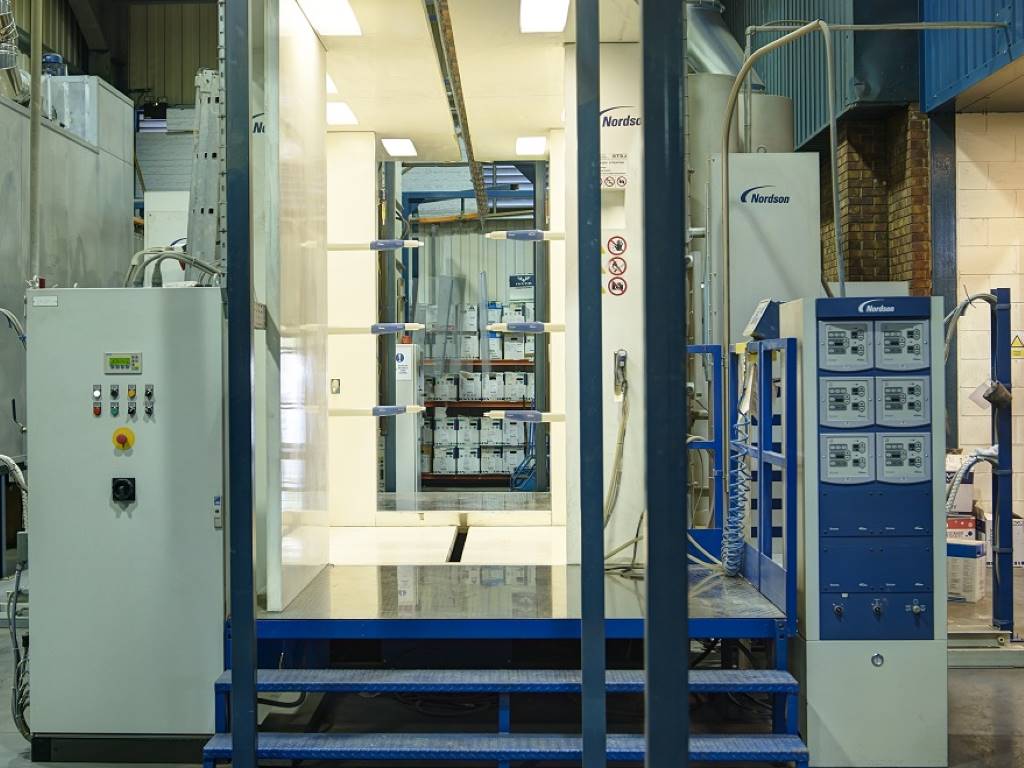Use it or lose it!

John Kane of non-contact, precision profile measurement solution specialist, Third Dimension explains how effective use of data collection can help make every measurement count.
Whether it's measuring gap, flush, radius, edge break, burr, scratch or angle, metrology – or measurement science – is a key element of the assembly process for aircraft manufacturers.
However, once measurements have been taken, how many manufacturers can put their hand on their hearts and say they do something useful with the data? In all honesty, many probably just go through a process of collecting data blindly and call it job done. Or in the worst case scenario, simply ignore the data because it points to a problem they'd rather not acknowledge! Alternatively, some might analyse the data to understand their production processes better and generate a management report.
Yet imagine if we could use the data we collect to more dynamically influence a real-time outcome on the production line, so when mistakes are made they can be corrected immediately. By doing this manufacturers, could ensure components are the correct size and fit together accurately without compromising the quality, cost or time to complete the build. That's a key challenge for the engineering world.
Bridging the gap
One of the UK's strongest advocates for the effective use of measurement data is John Kane of Bristol-based Third Dimension which manufacturers GapGun – a hand held and robotic laser measurement system.
Kane, whose mantra is: ‘Make every measurement count', firmly believes that we could all be doing something infinitely more useful with the data we collect. Third Dimension's philosophy is that measurement systems are all about helping turn results into data; data into action and action into outcome thereby adding value to the end product.
“If you're working on an engineering project or in a production facility,” insists Kane, “acting on your measurement data rather than just looking at it, is the single biggest way of ensuring you get quality components that are the right size, fit together accurately, reduce waste, and save you time and money.”
So how does the aerospace industry measure up when it comes to using data to improve quality control?
According to Kane it's a mixed bag, but several major aerospace companies are leading the way using a process called measurement assisted assembly whereby all metrology information is fed into a large, centralised system, so that there is confidence that all components fit together.
Kane believes that as part of industry 4.0, major aerospace manufacturers will be looking for suppliers to use their measurement data to monitor quality control in real-time. Indeed, Kane actively encourages manufacturers to embrace the opportunity to dramatically improve quality control by developing more efficient processes.
“Firstly, there's the issue of redundant hardware,” he explains. “For example, some manufacturers may use a product like GapGun alongside several PCs and waistpacks rather than simply using a docking station for each GapGun that links back up to one central PC/data management system. Secondly, there is the licensing cost due to lots of copies of the same software for one specific task. Thirdly, comes the thorny issue of version control; if you change the configuration on one PC, then you have to roll it out across the others , which can be a laborious process. Lastly, there's security. Most companies don't want to take the chance that USB sticks with their dimensional data could go walk about.”
So what's the alternative? Kane believes the future of optical profile measurement and the Quality Network concept lies in Third Dimension's GapGun. Put simply, the production line operator receives instructions on what to measure from the GapGun's screen. Once measurements have been taken, the operator then plugs the GapGun into its docking station which carries the measurement data to a Local Area Network (LAN) then onto the metrology database. GapGun allows the operator to manage and control what is measured and feedback results from one single PC both externally and offline. Any changes that need to be made are immediately fed into the central metrology database which means that all the systems will have the same configuration. To sum up: less hardware, fewer licences, no version control issues, no USB security risk.
Furthermore, GapGun also has the potential for an entire supply chain to follow the same set of instructions. By simply switching from a LAN to a Wide Area Network, tier 1 and tier 2 suppliers can use the same dimensional controls meaning that everyone is working to the same specifications so that when products arrive assembly is much more straightforward.
Real-time, real benefits
And Kane would like to see all manufacturers embrace the concept of using measurement data to improve quality control in real-time.
“Instead of reactively looking at data and seeing you have a problem and working out how to fix it, manufacturers need to start to think about how they can move measurement up the manufacturing process so the data can add value and improve the quality control of their product in real-time, which is a much better way of doing things,” argues Kane.
After all, it stands to reason that if a component is measured at the end of the production line, it may have to go back to be adjusted due to a mistake made further up the line. However if measurements were taken further up the process, adjustments and repairs would be cheaper, easily avoided and less time consuming because the mistakes are spotted during the process and not after.
So next time you're measuring that gap, flush, radius, edge break, burr, scratch, or angle, ask yourself if you're really doing something useful with the data you're collecting. After all, as Kane rightly says, in the world of engineering, it's all about making every measurement count.
www.third.com













